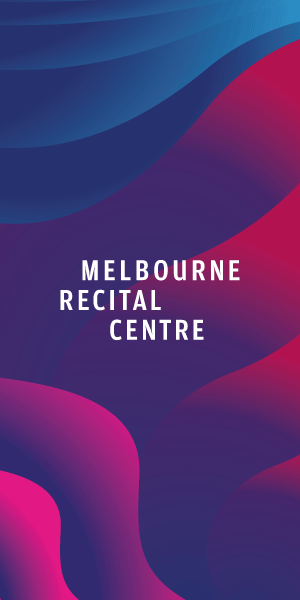More than 100 “exceptional” trees added to protected list
More than 100 trees of cultural and environmental significance are set to be safeguarded from removal or large-scale pruning under a City of Melbourne move.
In a council bid to protect “exceptional” trees, 119 trees — many of which reside in Carlton, East Melbourne and Parkville — will be added to an existing register of 160 after an independent panel gave the green light to the move.
The move allows the council to protect trees even on private property.
The City of Melbourne is home to around 100,000 trees across both public and private land, and the council’s environment portfolio lead Cr Rohan Leppert said it was critical to protect canopy cover on private land into the future.
“Melbourne is blessed with an extraordinary urban forest and this initiative helps us protect our most exceptional trees for a greener future,” Cr Leppert said.
“We know that maintaining a healthy environment is vital for the wellbeing of our community and ecosystems, and that’s why we’re proposing the addition of 119 further exceptional trees to the register.”
The trees added to the register were considered exceptional due to a range of factors, including age, size, rarity, aesthetic reasons, Aboriginal associations, and historical or horticultural value.
Cr Leppert said certain trees, or sets of trees, could shape how locals and visitors viewed different parts of the city.
A favourite tree of mine is the Cussonia at Melbourne University. It’s the first tree that grabbed my attention when I moved to Melbourne to study. It is so alien to Melbourne’s environment, yet gives Cussonia Court its identity, creating a place that is uniquely Melbourne.
The Cussonia spicata was propagated from a cutting from the original tree planted in the 1880s by Professor Frederick McCoy, the Foundation Professor of Natural Sciences at the University of Melbourne.
Protectors of Public Lands Victoria president Fiona Bell said the group was pleased the council had taken additional steps to protect trees of significance across the municipality, for a wide variety of reasons.
“In these times of climate change, including global warming and unprecedented extreme weather events, the urban forest of Melbourne is extremely important,” she told Inner City News.
“Increasing populations and greater density of buildings mean there are fewer trees and an increased heat island effect. Trees in general provide many health and environmental benefits to wildlife as well as humans and ensuring the survival of old and historic trees adds to the benefits to the area.”
Ms Bell said the positive step was a timely reminder to provide protection to saplings, too.
“The greening of Melbourne with new young trees is also extremely important and we are aware, of course, that it is not just exceptional trees that need on-going protection, as they are relatively few in number in the municipality. Younger trees also need protection, or they will never get the chance of becoming old, historically interesting, and exceptional.”
The council called for a second round of nominations, to add to the existing list of 160 trees, in 2019.
It nominated 119 new additions to the register, and in April 2021 the Minister for Planning granted these trees interim protection until April 2023.
The new amendment (subject to final approval by the planning minister) introduces permanent controls and triggers the need for a planning permit to build or carry out works within the area of tree protection zone or to significantly prune, lop or remove the exceptional tree.
Assessment of the works by the planning authority “will ensure that the tree and the root zone around the tree is protected”.
The Exceptional Tree Register was first endorsed by the City of Melbourne in 2012. •

Bottega Tasca: Carlton’s go-to fine wine boutique






 Download the Latest Edition
Download the Latest Edition